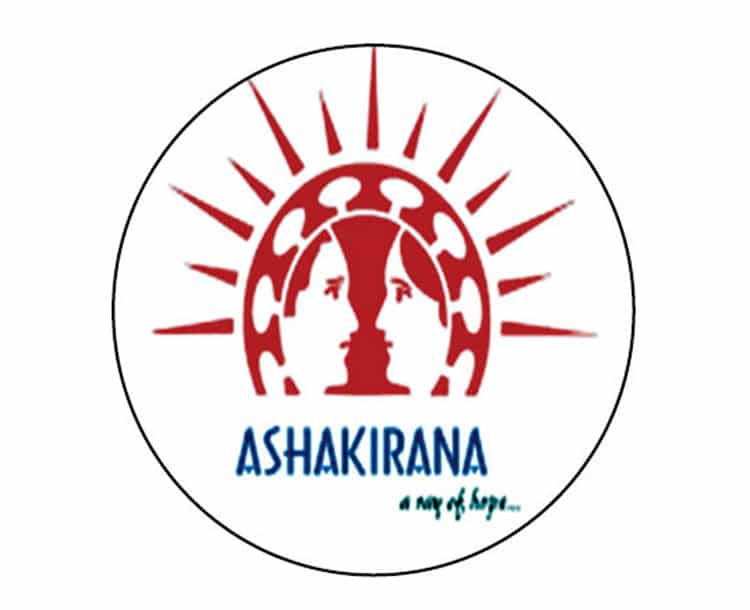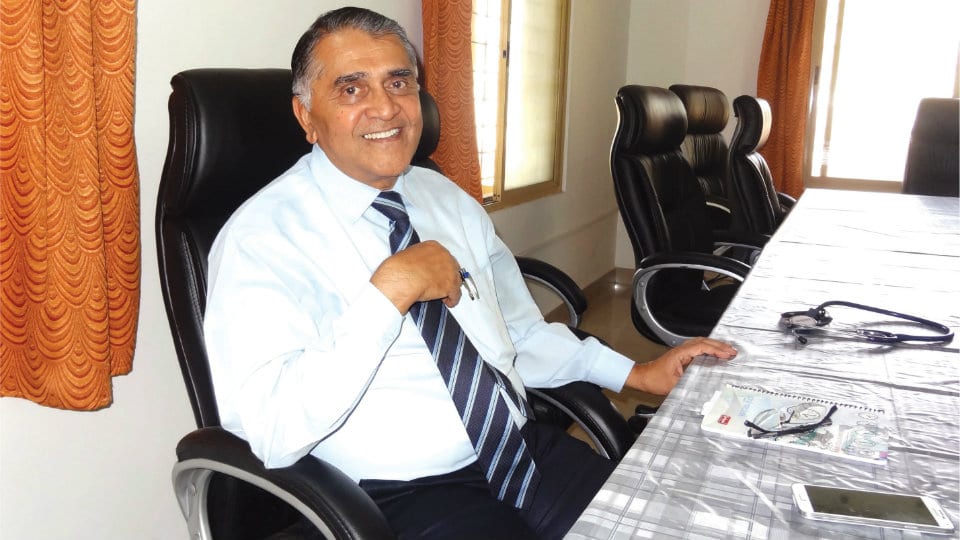The total number of people living with HIV (PLHIV) in India is estimated at 21.40 lakh (15.90 lakh – 28.39 lakh) in 2017. The adult HIV prevalence at National-level has continued its steady decline from an estimated peak of 0.38% in 2001-03 through 0.34% in 2007, 0.28% in 2012 and 0.26% in 2015 to 0.22% in 2017. [NACO]
Dr. S.N. Mothi, Chairman, Asha Kirana Hospital, Mysuru, the standalone 30-bedded Hospital for HIV/AIDS in the entire country, catering to the needs of over 10,000 patients, shares his experience on three decades of epidemic and two decades of service…
Communities of people living with and affected by HIV, along with peer educators, counsellors, community health workers, door-to-door service providers, civil society organisations and grass-roots activists, are leading and campaigning to ensure that the AIDS response remains relevant. They are fighting to keep people at the centre of decision-making and programme implementation and help to ensure that no one is left behind.

Communities make change happen
Communities are the best hope for ending AIDS because communities have fought against HIV right from the beginning!
As the epidemic raged through our countries, cities, villages, women held communities together and bore the higher burden of care for their families. For far too long we have taken their volunteerism for granted.
In the face of adversity, communities of gay men, sex workers and people who use drugs have organised themselves to claim their right to health as equal citizens. So, we know that communities have proved their worth. Without communities, 24 million people would not be on treatment today. Without communities led by women living with and affected by HIV, we would not be close to ending new HIV infections among children, raising orphans and caring for the sick.
Women were regarded as forgotten or overlooked group in AIDS epidemic. The scenario has changed in the recent years — From Why Women Weep… (WWW) – Now we look up to understand What Women Want!! (WWW)
Communities are a unique force behind the success of the HIV response. Of the 37.9 million people living with HIV at the end of 2018, 79% received testing, 62% received treatment, and 53% had achieved suppression of the HIV virus with reduced risk of infecting others.
On Dec.1, World AIDS Day- 2019, WHO highlighted the difference these communities are making to end the HIV epidemic while drawing global attention to the need for their broader engagement in strengthening primary health care.
Let’s be clear, defending human rights and challenging discrimination, criminalisation and stigma is risky work today. With communities in the lead and Governments living up to their promises, we will end AIDS.
With the objectives of promoting and supporting the services provided by the communities, Asha Kirana Hospital will be hosting HIVe Mysore – 2020 National Conference on HIV/AIDS on Feb.8 and 9. This Annual Update will be attended by ART (Antiretroviral Therapy) Centre Medical Officers, Private Practitioners, Counsellors, HIV/AIDS Network Groups, Policy makers from LGBT Communities.








Recent Comments